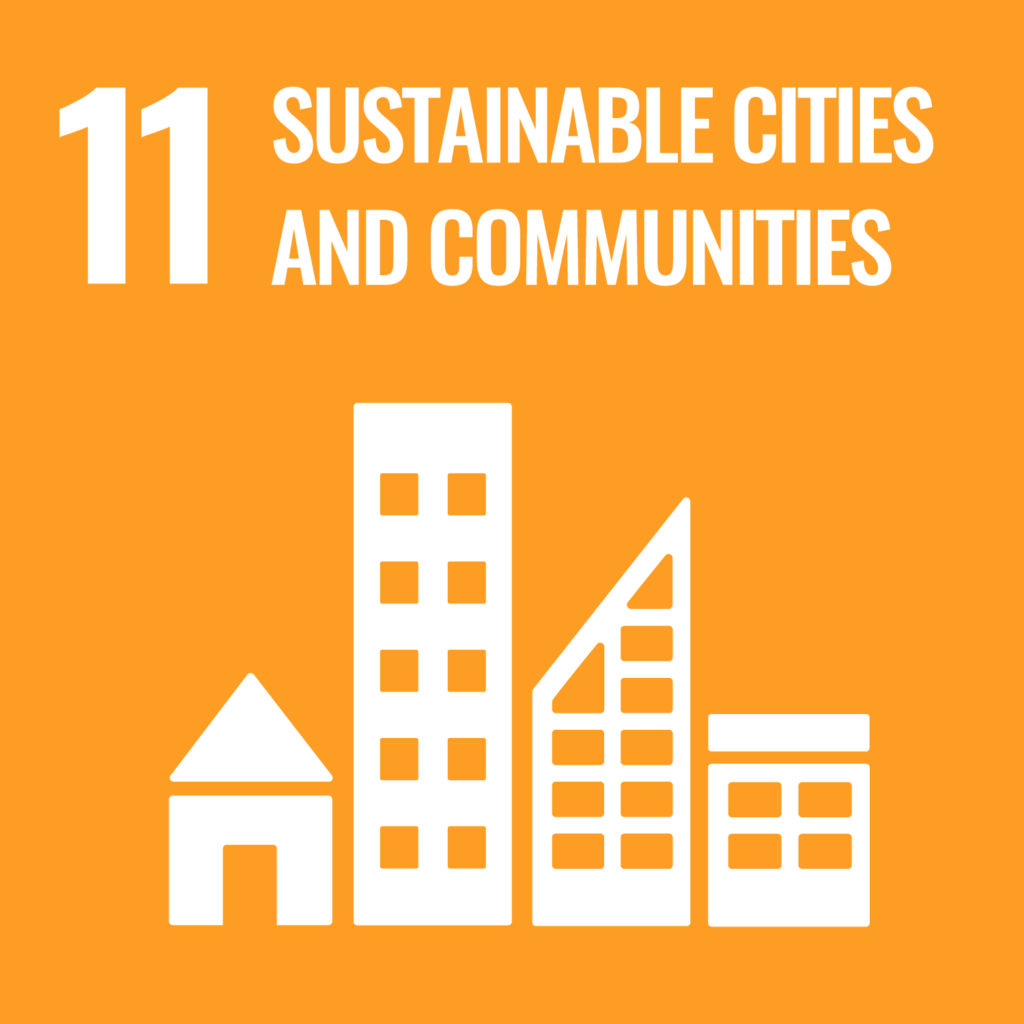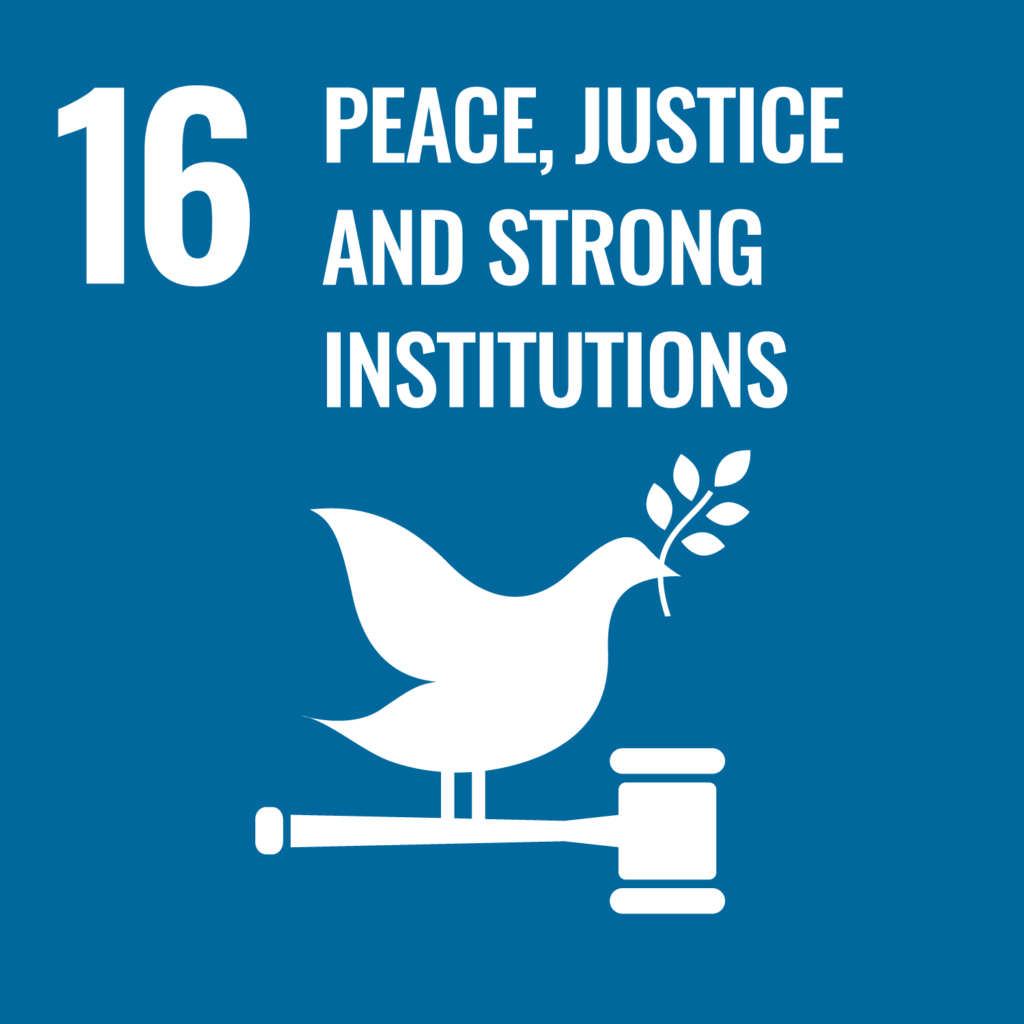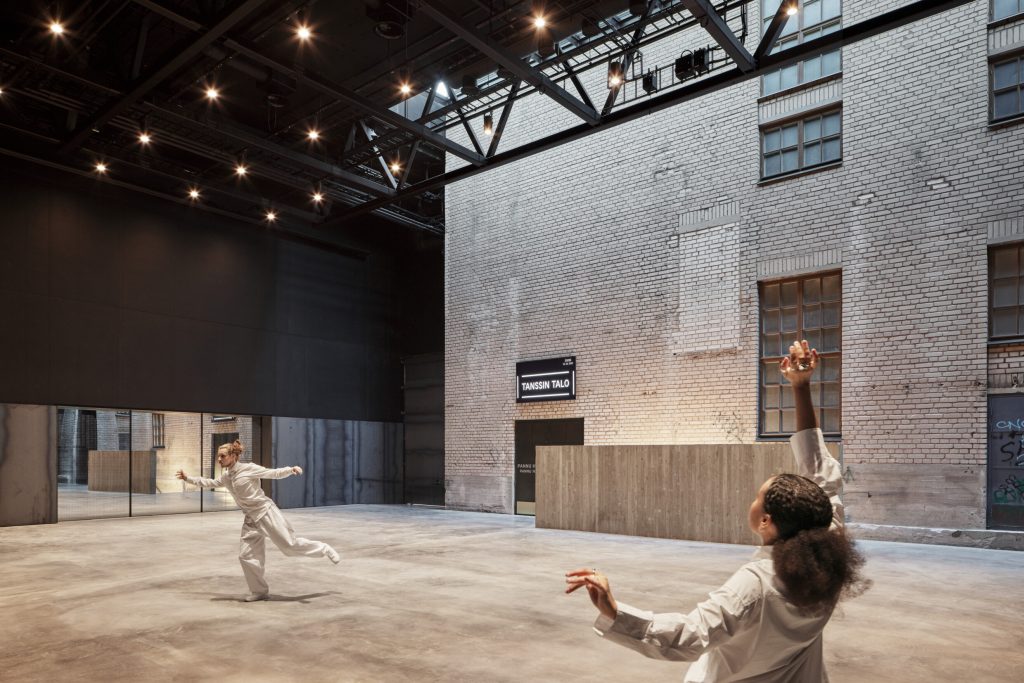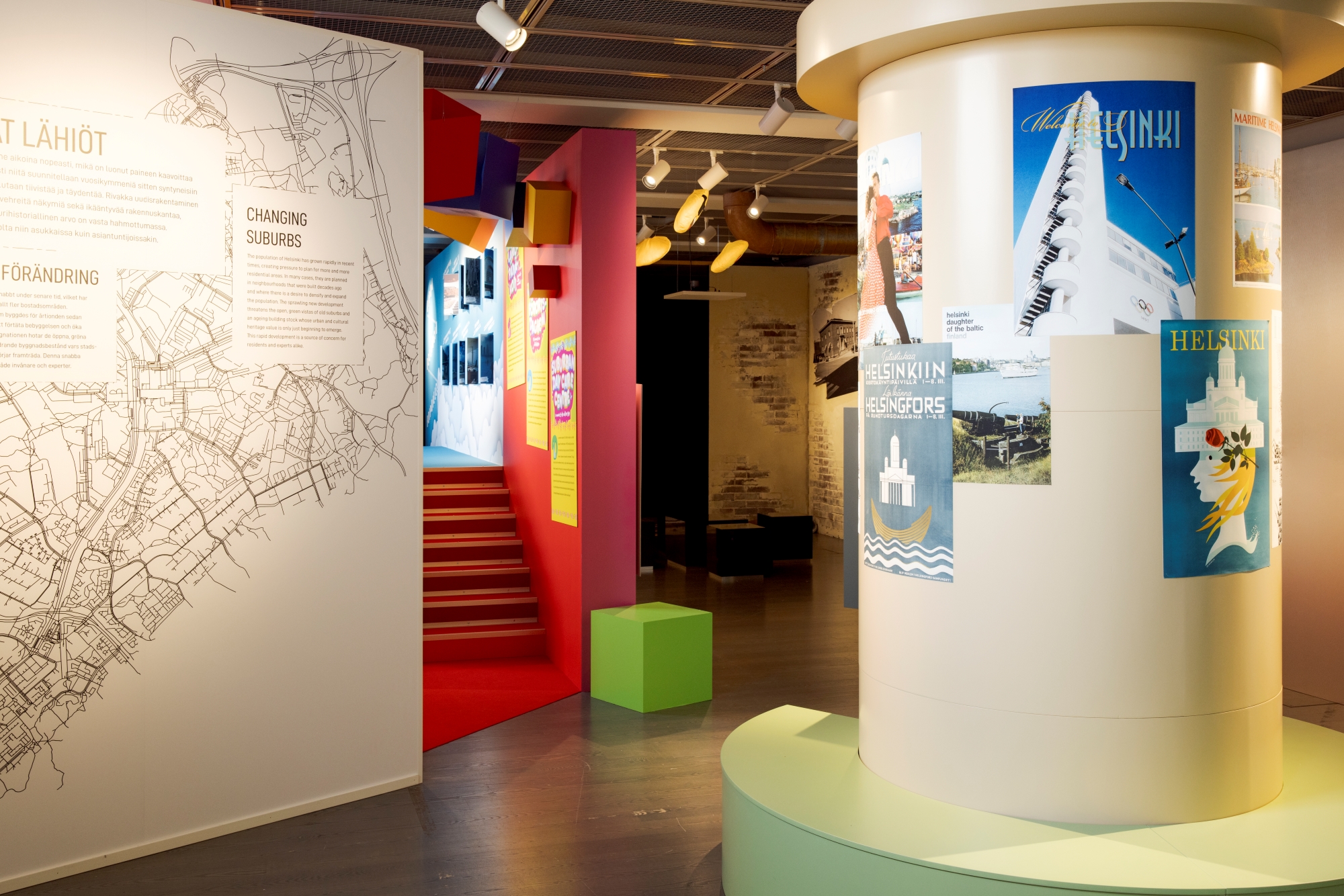


Cultural heritage is the result of human activity and interaction with the environment. Cultural heritage and the cultural environment are intertwined. The changing of values, beliefs, skills and traditions is a key characteristic of cultural heritage, but cultural heritage also represents continuity in a changing world. A lovingly nurtured cultural heritage is an economic attraction factor and plays an important role in the development of tourism. Therefore, cultural heritage is also a resource for development from an economic point of view.
Cultural heritage and related information are produced, used, managed and preserved by a wide range of actors, from private enthusiasts to public sector operators. In Helsinki, the Culture and Leisure Division is responsible for library materials, museum collections, the maintenance and renewal of cultural heritage and the protection of the cultural environment, and supports art and cultural activities. Helsinki City Museum in particular has the task of giving the people of Helsinki roots and helping them form their own, unique relationship with Helsinki and identity as a Helsinki resident. As a cultural environment authority, the City Museum brings a cultural heritage perspective to the town planning process and urban development. HAM Helsinki Art Museum, on the other hand, fosters, presents and develops artistic heritage and supports the emergence of new cultural heritage in the field of contemporary art.
The City Archives is responsible for the City’s permanently archived document data. Schools and other educational institutions uphold and pass on cultural heritage in their daily work. There is a lot of cross-sectoral cooperation, ranging from daycare to upper secondary education, as well as with the Työväenopisto and Arbis adult education centres.
Cultural heritage data and related services are digitalised at the same pace as the rest of society. Digital tools have opened up new opportunities for both professional cultural heritage operators and citizens. Helsinki’s tangible cultural heritage is easy to access digitally through the national Finna search service. Through Finna, the materials have been part of the pan-European Europeana service since 2021, and have thereby become part of the European cultural heritage. Finna also shares cultural heritage information related to the built environment. The City Museum’s photo collection is also accessible through the Helsinkiphotos.fi service. The freely usable high-resolution images also create preconditions for business activities.
The City of Helsinki’s History Committee, which operates under the City Executive Office’s Information Management Unit, maintains the History Helsinki online service, which distributes history and cultural heritage materials related to Helsinki and information derived from them.
Cultural Environment Programme
The Cultural Environment Programme, which the City Board approved in 2023, is a joint policy of the City Museum and the Urban Environment Division on the consideration of cultural environments and their management and utilisation in Helsinki. The programme provides an overall view of the values of Helsinki’s cultural environments and the related cultural heritage. The preparation has been carried out in consultation with and with the participation of the City’s divisions, businesses and residents. The programme focuses in particular on reconciling the preservation of cultural environments with the City’s other objectives, as well as on supporting residents’ independent activities. Combining sustainable growth with the preservation of cultural environments is crucial. The objectives of the programme support many of the UN’s 2030 Agenda for Sustainable Development, particularly in relation to ecological sustainability and natural environments, as well as wellbeing and sustainable tourism.
Successes:
- Active participation in the preservation and renewal of cultural heritage has important welfare effects. In the Adopt a Monument activities, volunteers manage archaeological sites under the guidance of the City Museum, and the Kuvasakki photography group documents the city by taking photographs. Museum grandmas and grandpas pass on cultural heritage in Children’s Town. The City Museum also works with operators often perceived as marginal. Its exhibition production involved the Afro-Finnish community in 2023–2024, and in November 2024 it opened the exhibition M/S Baltic Queers, shedding light on the little-studied subject of LGBTQAI+ migration. The materials and script for both exhibitions were based on documentation carried out with the respective communities.
- The Cultural Environment Programme is being implemented in close cooperation within the City and involving residents. Working together has increased Helsinki residents’ awareness of cultural environments and their values. At the same time, there has been extensive networking, emphasising the diverse values and vitality impacts of the cultural environment, and highlighting the importance of conservative repair of buildings as part of sustainable development. The vision of the programme is that the Helsinki of 2050 will be a historically interesting and sustainably changing city that values its cultural environment and where everyone can put down roots.
Areas for development:
- The challenges of regionality and diversity affect the sustainability of cultural heritage as much as the urban organisation in general.
- The Culture and Leisure Division continuously develops digital tools and working methods to make cultural heritage and experiences based on it more accessible. The Library Services offer a wide range of electronic materials and tools, advice and support for the use of digital services. The development of digital operating models and the maintenance of systems require continuous investments. Combining digital accessibility and performance expectations requires a wide range of skills.
- Those involved in highly specialised aspects of cultural heritage are often older people, and passing on their skills to the next generation is a key challenge. Volunteers often have very limited resources.
Programmes, studies and websites:
Art and Culture in Helsinki 2030: The committee’s vision for the city and its citizens, March 2020 PDF
Kulttuuriympäristöohjelma 2023–2028. Kulttuuriympäristöt helsinkiläisten voimavarana PDF (Cultural Environment Programme, in Finnish)
History Helsinki


